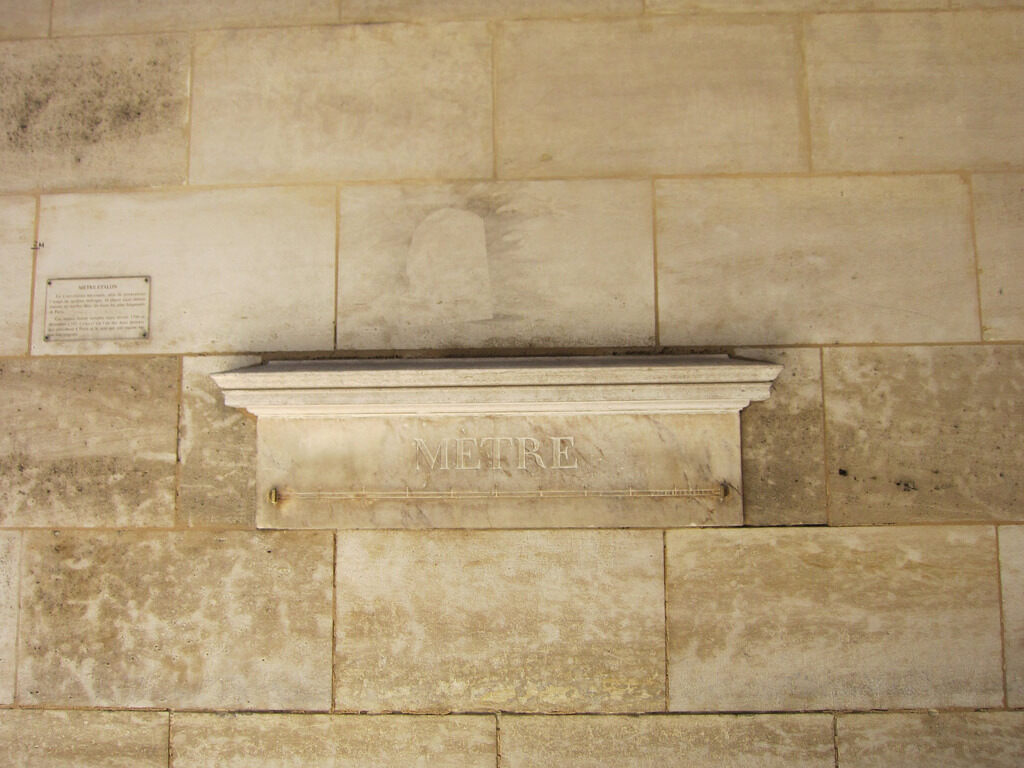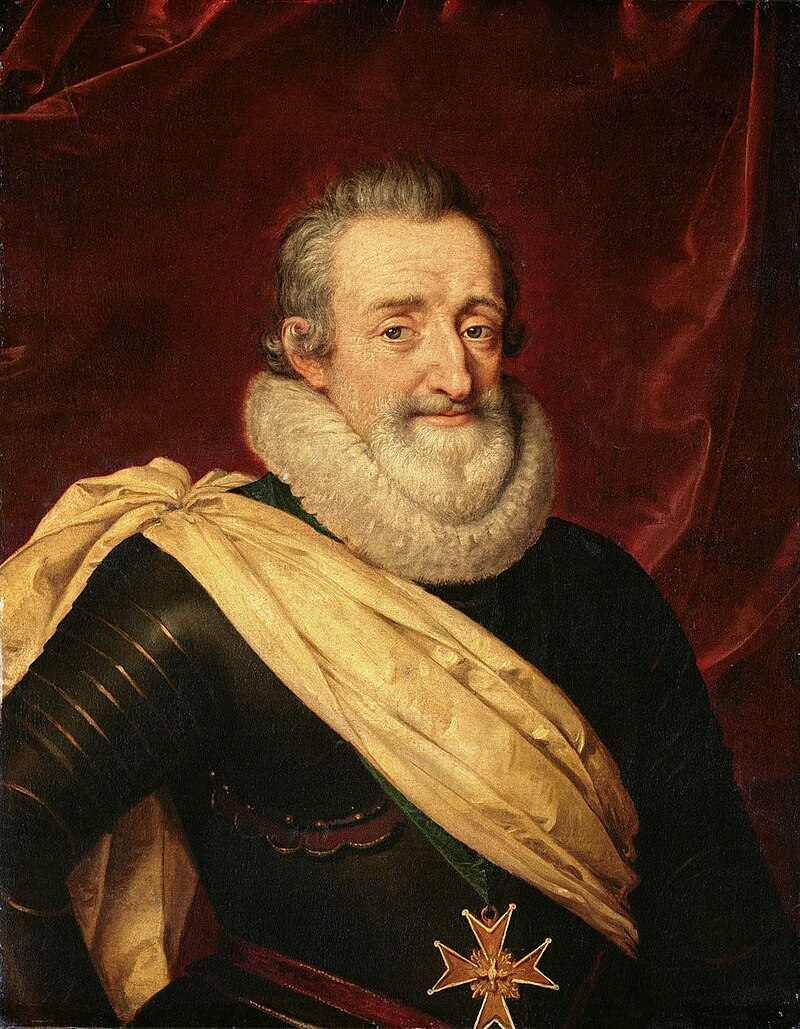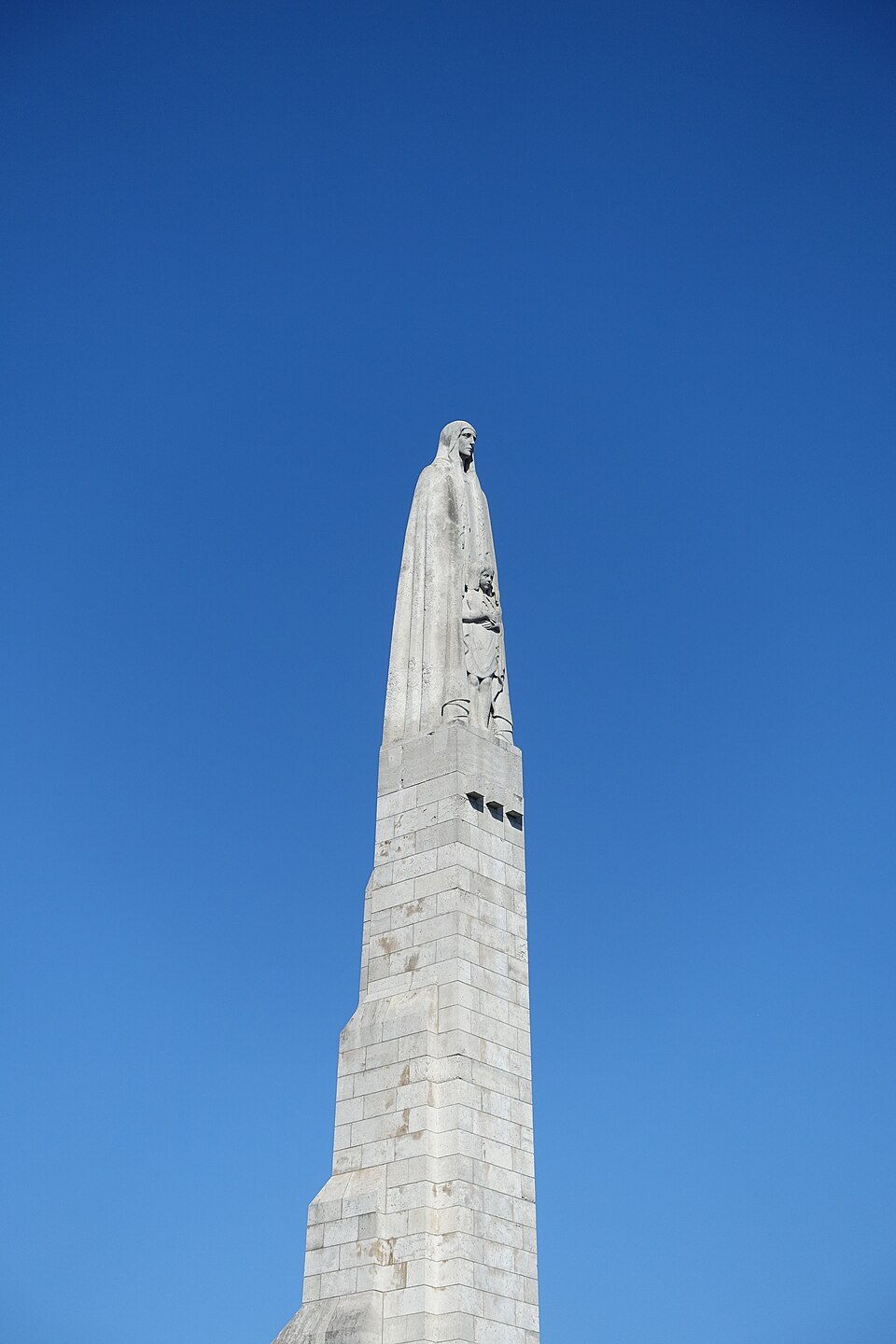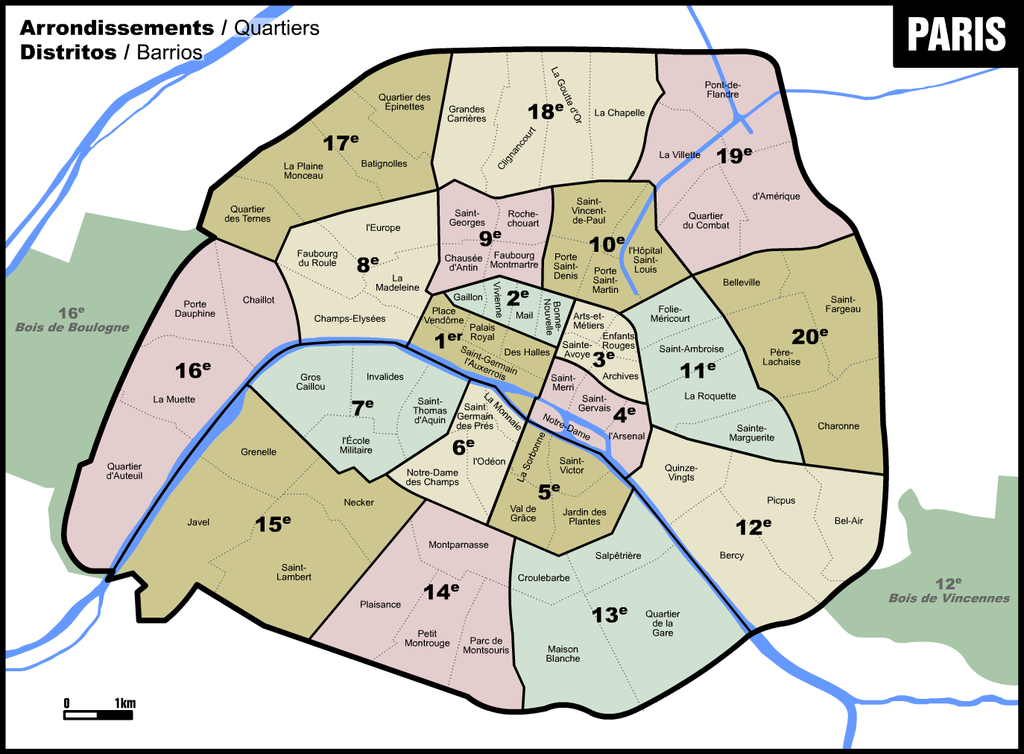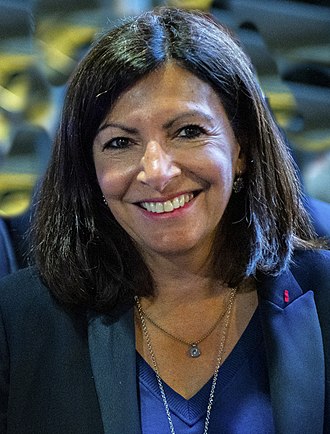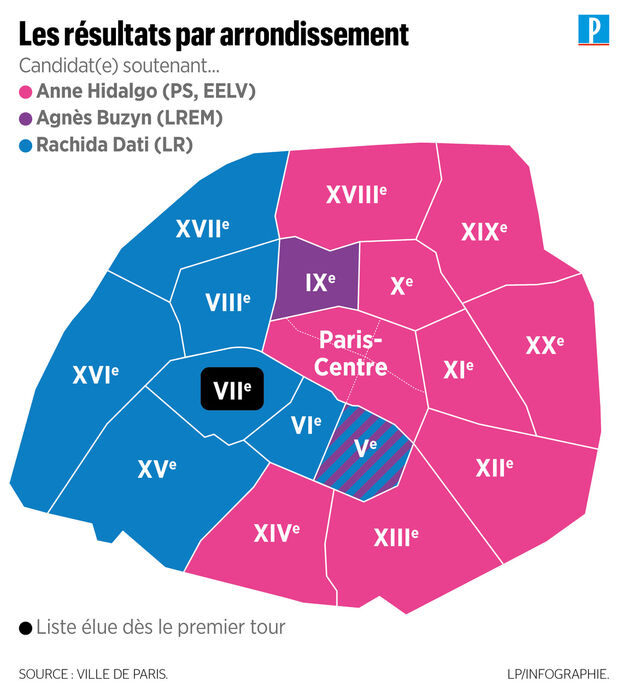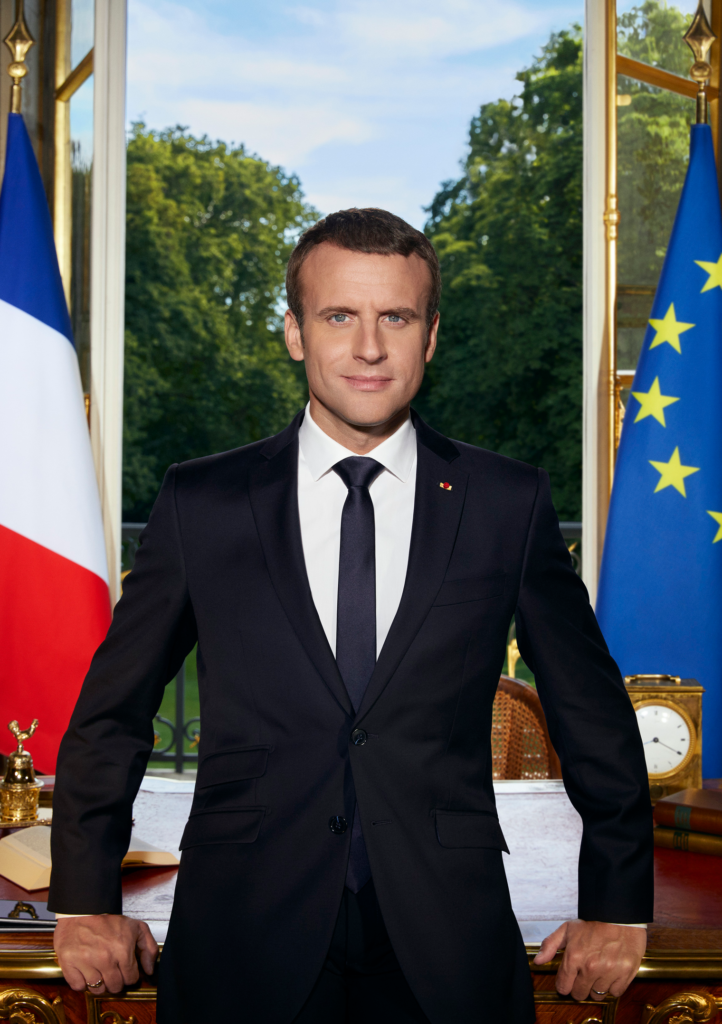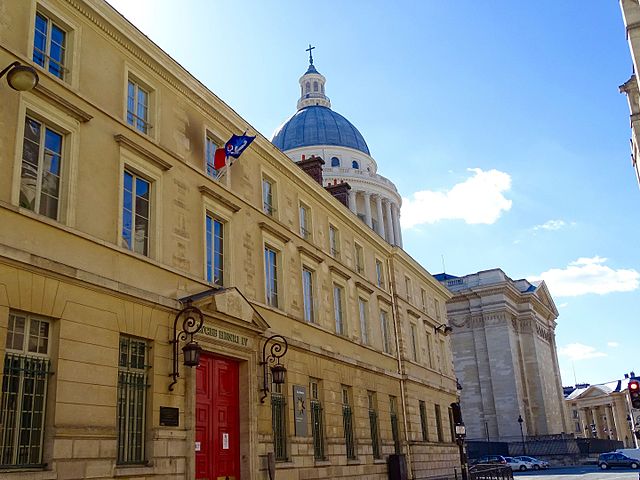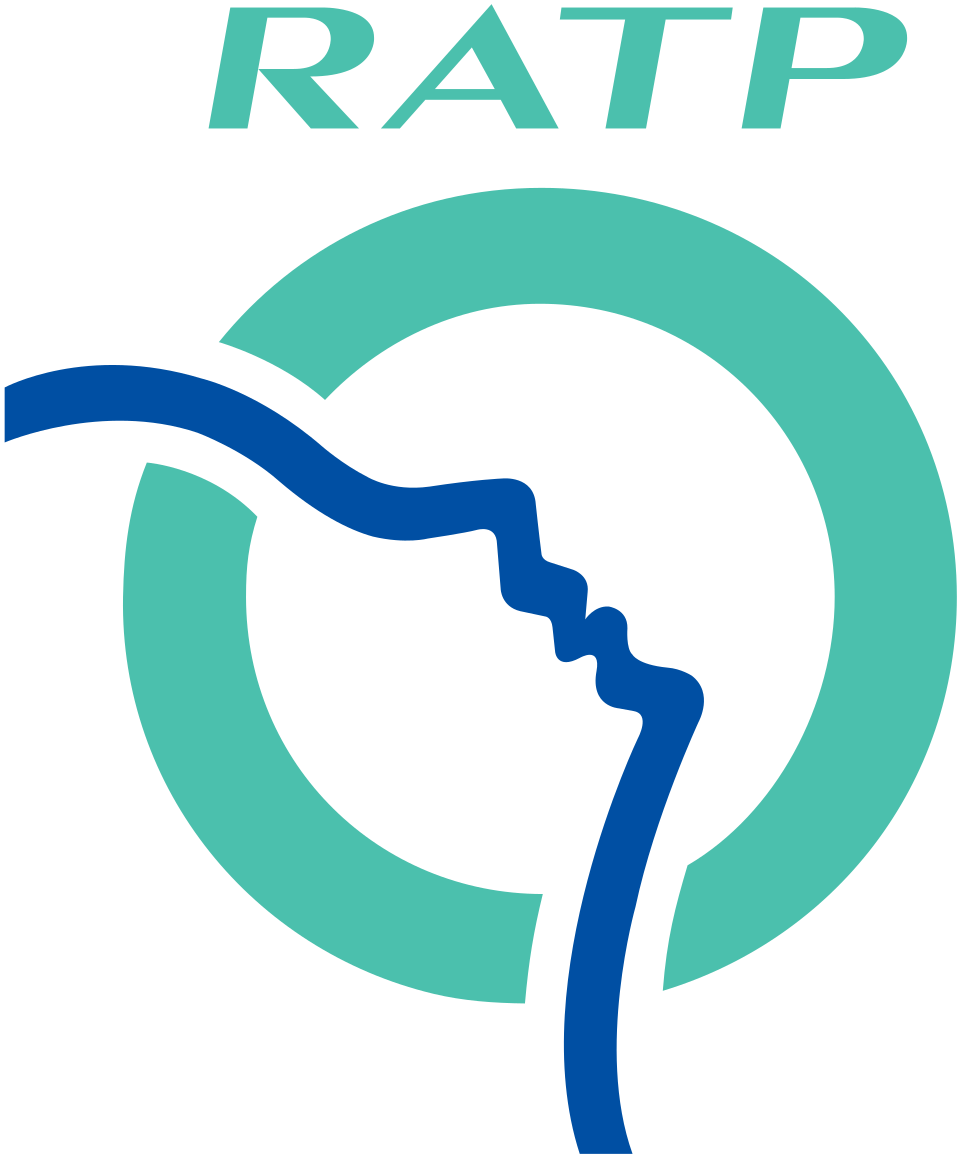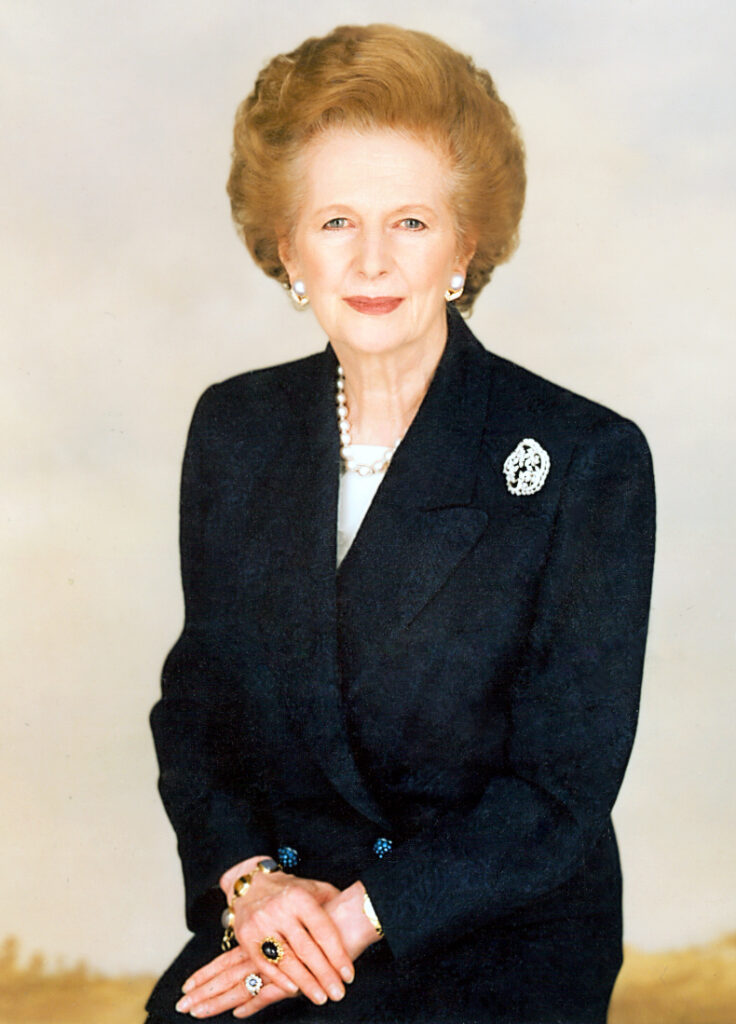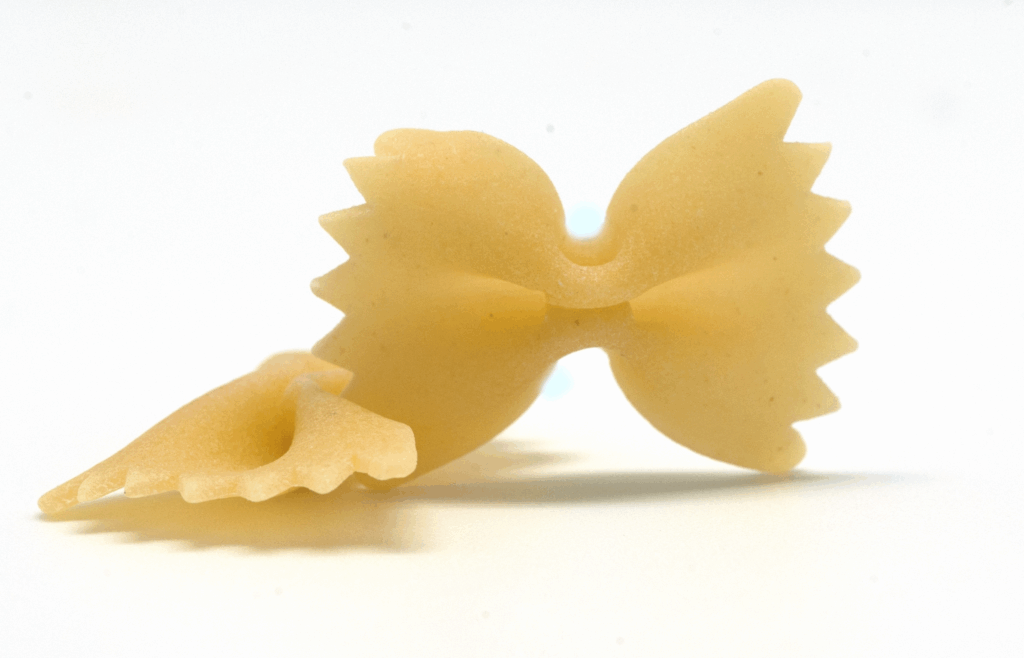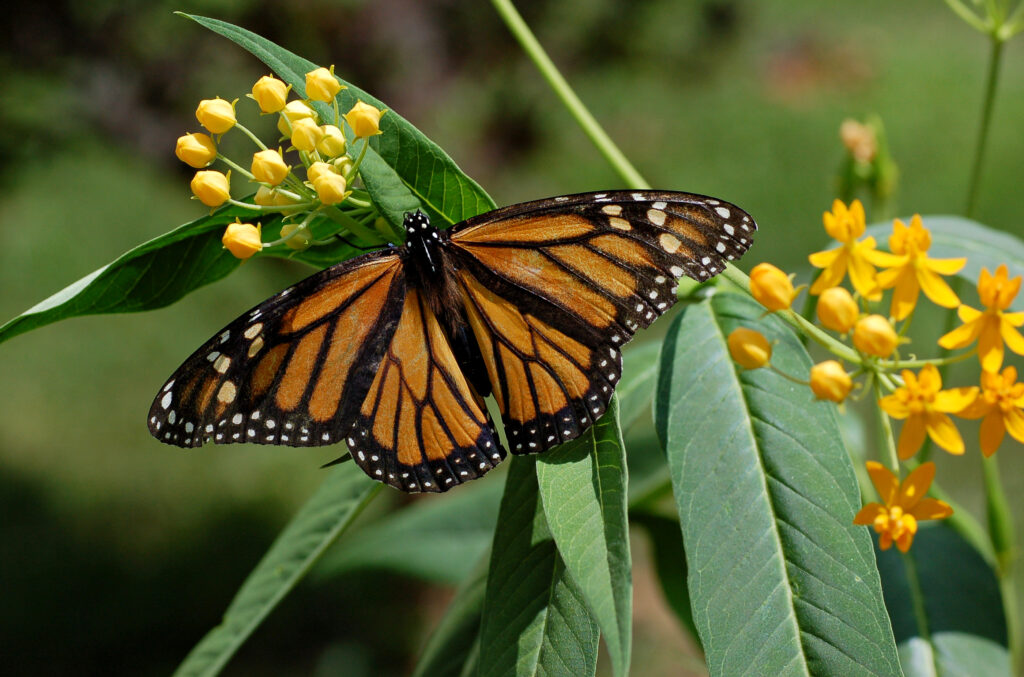Hi, today it’s snowing! It’s amazingly beautiful and it only happens once every few years. Paris under the snow is beautiful: we’re lucky to see it!
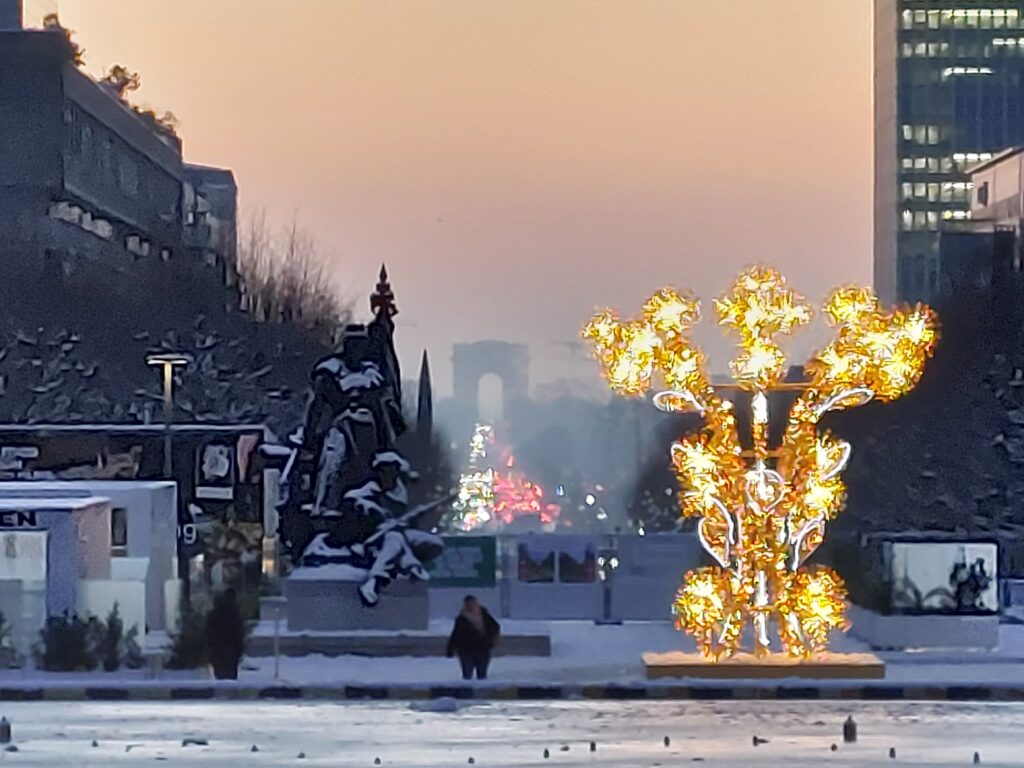
Unfortunately, the snow is a blessing, and a curse in disguise: buses have stopped riding, tomorrow the public transportations will undergo serious difficulties, RERs will be late, the sidewalks will be iced and slippery, the car traffic will be jammed and it will take hours for people to get home.
The luckiest, or smartest, will work from home instead of risking their lives and their cars to go to work. The others might try to use public transportation, which means the metro will be even more overcrowded than usual.
When there’s a risk of jam in the car traffic (like snow, or holidays), you might want to have a look at https://www.sytadin.fr/sys/barometre_bouchon.jsp.html It’s a live map of Paris and the suburbs, and it also gives an estimate of how jammed the traffic is. If you want to take the metro, use https://www.bonjour-ratp.fr/info-trafic/ or https://me-deplacer.iledefrance-mobilites.fr/infos-trafic/favoris to get the same pieces of information.
